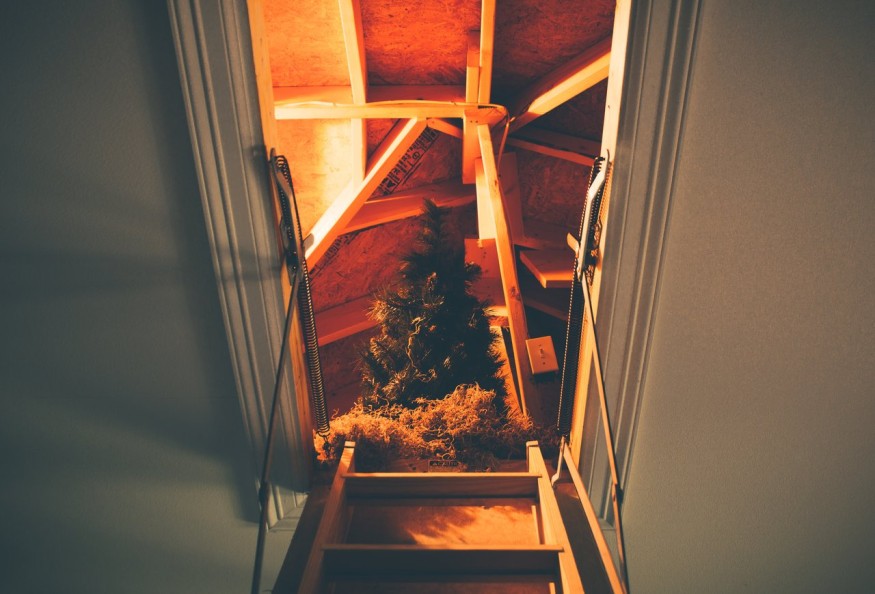
If you want to sell your property this year or next, you're probably already starting to look at ways to add value to your home. There are many ways to go about doing this, but keep in mind that it always helps to create more space in the property where possible.
For instance, you can extend the house, add a studio in the backyard or over the garage, or convert your basement or attic. If you have an attic sitting there doing not much right now, here are some ways to best finish it off and turn it into liveable space.
Clear Out the Clutter
The first step is to clear out the clutter that has likely taken up residence in your attic. Most people store all sorts of bits and pieces in this space, such as Christmas decorations and trees, old clothing and mementos, rarely used sports equipment and the like.
Even if you don't have these things in your attic, the area could still need cleaning out to get rid of items like old building materials (e.g., carpet pieces and tiles) or equipment. You may also have to remove pest infestations. Clear everything out so the attic is ready to be done up.
Consider Legal Requirements
Consider legal requirements, too. For instance, the space needs to be high enough to give head clearance to allow you and your family to move around in the area easily. Plus, though, it also needs to be the right height, so it passes your local council or other legal conditions. Building codes vary in every city and sometimes suburb, but as a general rule, your attic needs at least a seven-foot clearance after the ceiling is finished off. If it doesn't meet this height, you'll need to hire contractors to raise the roofline.
Also, just because your attic floor is currently hardy enough to store some of your gear, that doesn't mean it's safe to hold furniture and multiple people. As such, you need to hire a professional to conduct a structural analysis of the space to ensure there's no need for modifications to comply with regulations and keep everyone safe.
Whether work is required to shore up the flooring, or you want to expand the attic space or add more convenient access to it, do obtain a proper permit for the changes. This paperwork shows the space is up to code in your area and has been inspected and signed off on.
Electrical code violations are something to be careful of, too. Enlist the services of a licensed electrician to check or install power points, lights, and other wiring for your attic. You'll also need smoke and carbon monoxide detectors put into the attic if you're going to use it as a living space. An electrician can handle this job, too.
Add HVAC or Ceiling Fans
Since hot air rises and attics are at the top of a property, they generally get pretty warm, especially during the summer months. As a result, unless you live in a cold part of the country or plan only to use your attic space in winter, you'll want to install a heating and cooling system. A reverse cycle HVAC system is a popular choice to keep the temperature comfortable.
Some people try to tap into their existing HVAC system to cool their attic, but in most cases, this will actually end up costing more and being less useful. Instead, consider having a contractor install a free-standing, high-efficiency HVAC unit specifically for the attic. Alternatively, or in addition, depending on your budget and preferences, add one or more quality ceiling fans. These will move the hot air around and are often sufficient in colder climates, or can be used during the winter months if you live in a place that stays temperate year-round.
Finish Off the Walls, Ceiling, and Flooring
To make the space more comfortable, you also need to finish off your attic's walls, ceiling, and flooring. Add drywall if it's not already there and then paint the surfaces to get the look you're after. You may also want to add extra features to the ceiling to dress up its design, such as tongue and groove paneling, beadboard panels, natural wood, or even vaulted ceilings.

Plus, if your home is an older one, get a professional to install more insulation behind the attic's walls to keep it a pleasant temperature and reduce your heating and cooling costs. If the attic doesn't give much natural light at the moment, consider getting a skylight installed, too. Also, put in flooring that will dampen noise, so you don't end up with too much sound traveling from the attic to below floors.
Attics are commonly under-utilized spaces in homes. It does take an investment of time, energy, and money to turn this zone into an additional living area for you and your family, but doing so should pay off handsomely and add value to your property long-term.
© 2026 Realty Today All rights reserved. Do not reproduce without permission.



